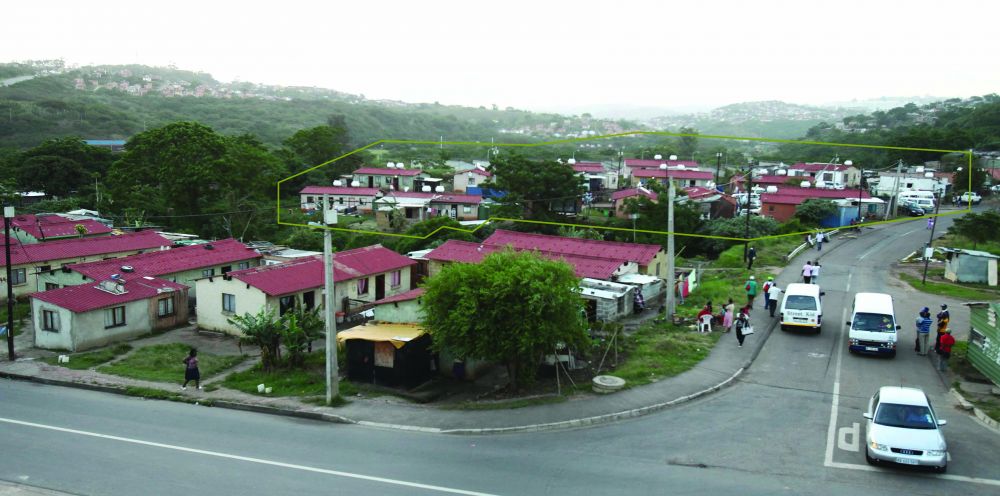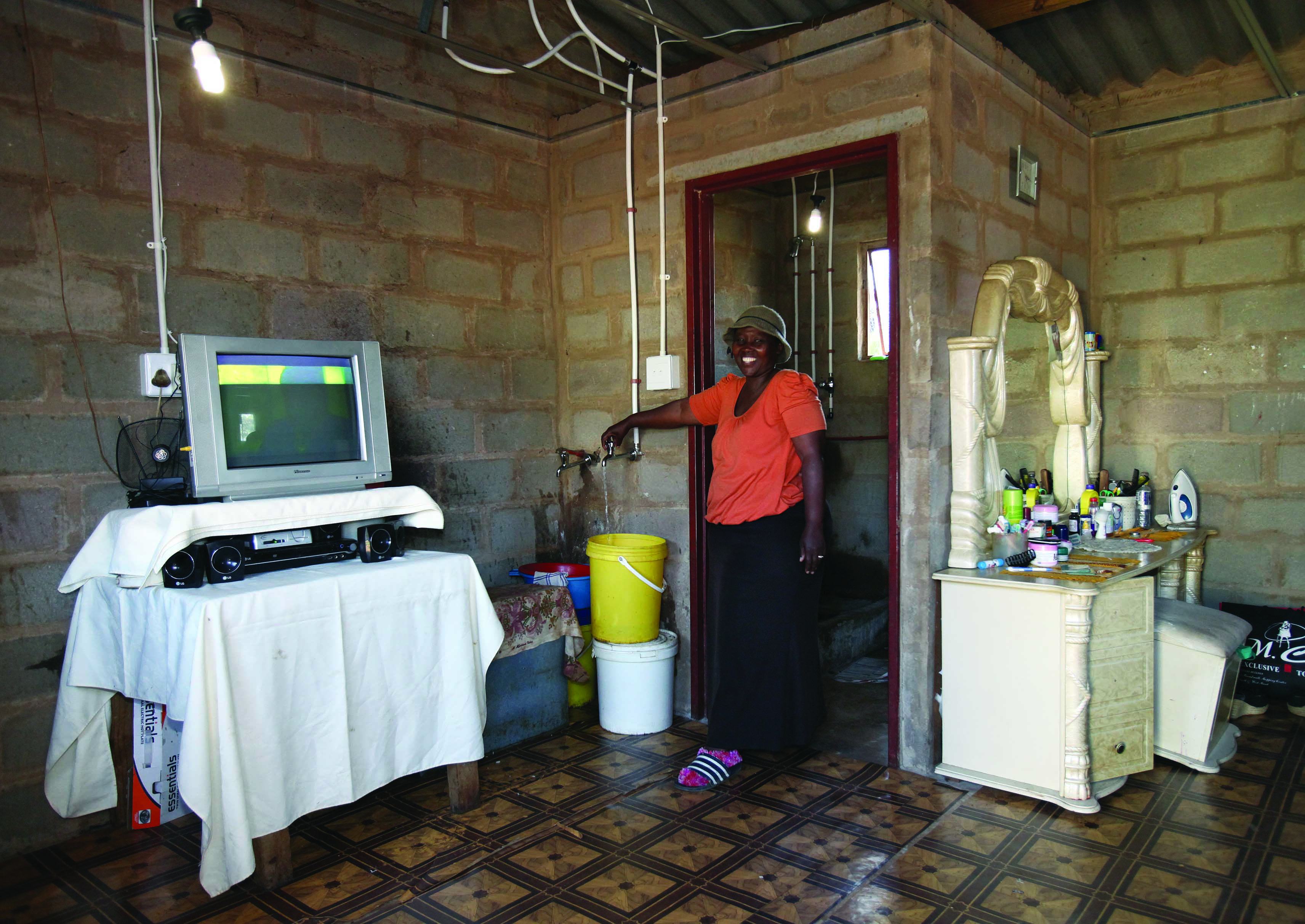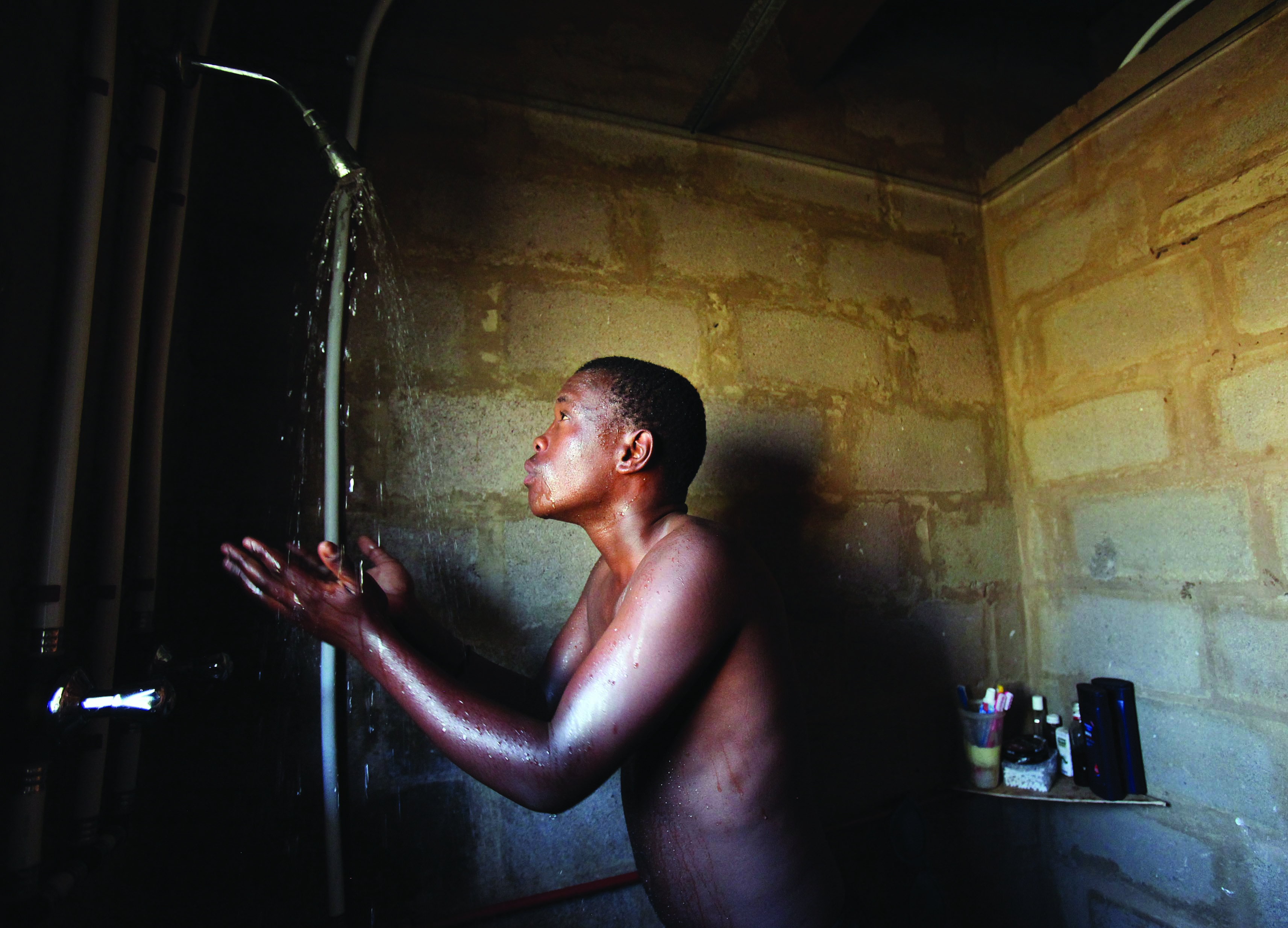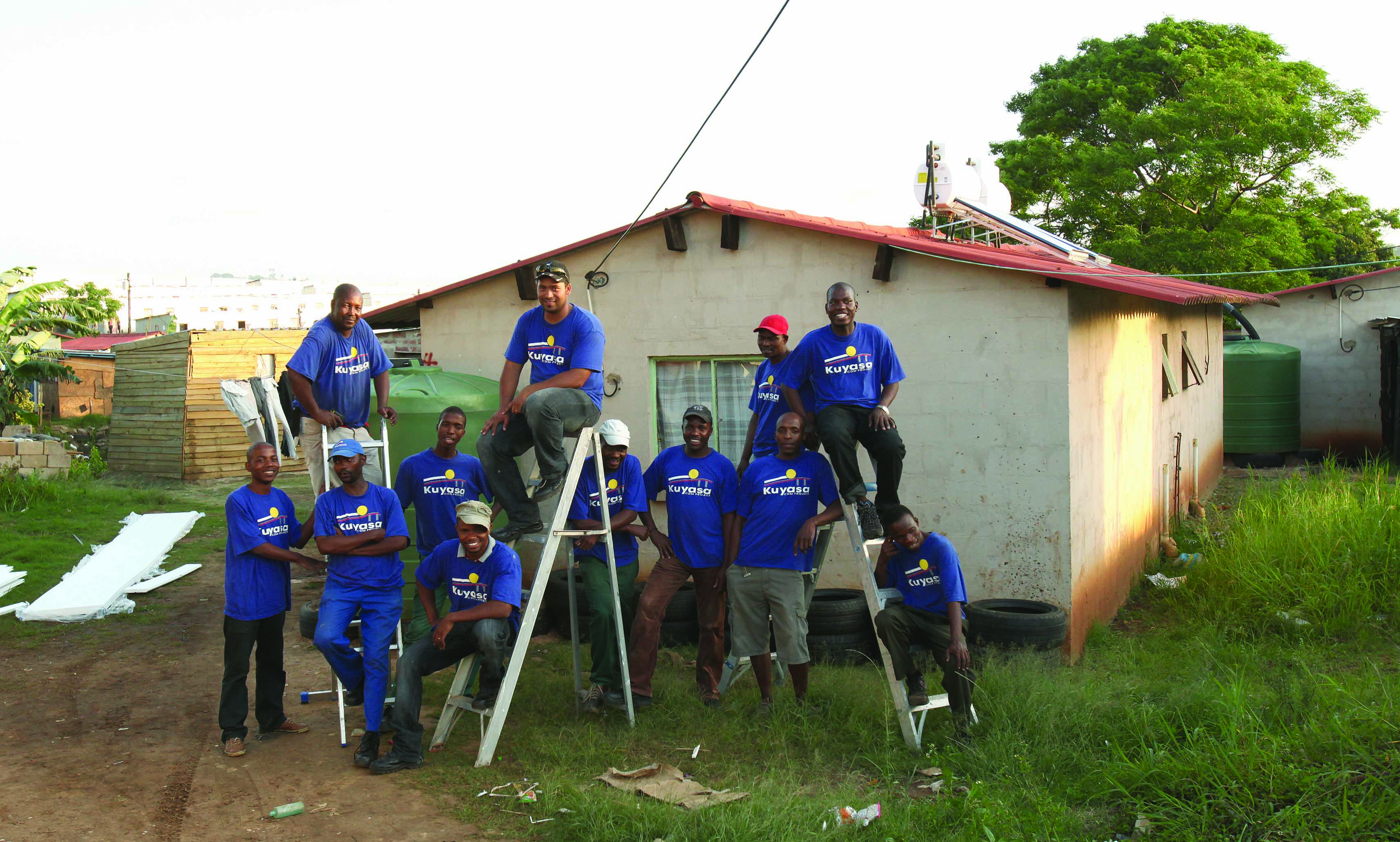Green Building Council of South Africa introduces the country’s first ‘Green Street’
The Green Building Council of South Africa (GBCSA), the country’s official authority on green building, has launched South Africa’s first ‘Green Street’ retrofit.


The Green Building Council of South Africa (GBCSA), the country’s official authority on green building, has launched South Africa’s first ‘Green Street’ retrofit
The COP-17 legacy project involves thirty low income homes in a street in Cato Manor, Durban, which have undergone a green refurbishment to demonstrate the range of possible social, economic and environmental benefits.
Brian Wilkinson, the CEO of the GBCSA, says that with the world’s attention being focused on COP 17 and South Africa, the GBCSA and the World Green Building Council wanted to showcase the positive progress being made in the built environment, including the potential green buildings have for socio-economic benefits in lower income residential buildings.

“South Africa has built over 2.5 million low-income homes in the past fifteen years, and is targeting a further three million by 2025. So far, green considerations such as passive design, energy/thermal efficiency and water efficiency have not generally been a priority. However, this is something that needs to be addressed as living conditions can be improved in a way that minimises the drain on the earth’s resources, minimises the impact on the environment and avoids a ‘carbon intensive’ development path. This demonstration project thus will act as a positive legacy to inform policy and practice beyond COP17.”
According to Wilkinson, worldwide, research has shown that a third of greenhouse gas emissions come from buildings. “By improving the energy efficiency of low-income homes one reduces energy costs, the health burden and safety risks for residents, and also reduces environmental damage – most notably by reducing the greenhouse gas emissions associated with South Africa’s predominantly coal-generated electricity. Green building can also improve the lives of residents by offering improved water and food security and creating opportunity for skills training and work opportunities.”
 The Cato Manor community was actively involved and consulted before the two month retrofit and have named the street, ‘Isimosezulu (which means climate) COP17 Place’. “With every 1 kWh of electricity used in South Africa producing over one kilogram of carbon dioxide and using one litre of water, the benefits of efficiency interventions are very real. While the residents are enjoying the dignity of hot water in their homes for the first time – via the solar-heated geysers - there will not be the cost implications of a traditional electric geyser, further strain on the already over-subscribed national power supply nor will it generate the emissions associated with the electricity usage.”
The Cato Manor community was actively involved and consulted before the two month retrofit and have named the street, ‘Isimosezulu (which means climate) COP17 Place’. “With every 1 kWh of electricity used in South Africa producing over one kilogram of carbon dioxide and using one litre of water, the benefits of efficiency interventions are very real. While the residents are enjoying the dignity of hot water in their homes for the first time – via the solar-heated geysers - there will not be the cost implications of a traditional electric geyser, further strain on the already over-subscribed national power supply nor will it generate the emissions associated with the electricity usage.”
Cato Manor is a ‘retrofit’, which means an upgrade of an existing home. The green interventions include adding solar water heaters, insulated ceilings, energy efficient lighting, rain-water harvesting systems, food gardens, trees, heat-insulation cookers and also efficient street lighting.
The project is endorsed by the Department of Environmental Affairs and has been carried out in collaboration with the eThekwini Municipality. The main funder is the British High Commission in South Africa, with contributions from other organisations, including Ascas (LED street lighting), Cosmo-Dec (insulation roof paint to test on several houses), Eskom (energy efficient CFL light bulbs and research), Isoboard (insulated ceiling boards), Natural Balance (heat-insulation cooking apparatus, Wonderbags). Going forward, Property Point, an enterprise development initiative of the Growthpoint property company, will provide training and  business development support for the people who worked on this project, while the South African Botanical Society will be planting indigenous shade and fruit trees in association with Greenpop.
business development support for the people who worked on this project, while the South African Botanical Society will be planting indigenous shade and fruit trees in association with Greenpop.
The initiative was implemented by Carbon Programmes, the same team which conducted the award-winning energy efficiency retrofit in over 2,300 houses in Kuyasa, Cape Town. They were supported by Durban-based Khanyisa Projects.
Founded in 2007, the GBCSA is an independent, non-profit organisation that was formed to lead the transformation of the South African property industry to environmental sustainability. One of 20 full members of the World Green Building Council, it aims to ensure that all buildings are designed, built and operated in an environmentally sustainable way, allowing South Africans to live and work in healthy, efficient and productive environments.
Images courtesy of the Green Building Council of South Africa (GBCSA)


